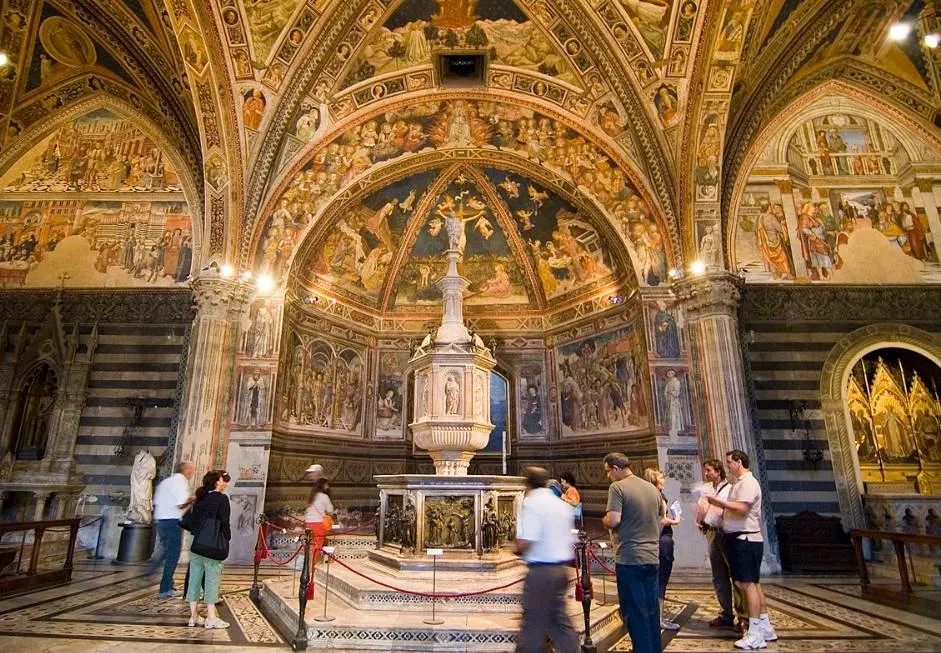When Donato di Niccolò di Betto Bardi (1386-1466), better known by his nickname “Donatello,” visited Rome in the early 15th century, he was able to study classical sculptures.
The Renaissance sculptor used his knowledge to produce amazing sculptures that incorporated the ideals of Humanism and Naturalism.
These were elements that weren’t present in the idealized sculptures completed during the Middle Ages by Gothic artists.
Let’s take a closer look at some of the most interesting facts about The Feast of Herod by Donatello, a remarkable relief of the Renaissance era.
1. The relief sculpture was completed when Donatello was in his early 40s
Donatello was born and raised in Florence, the capital city of the Tuscany region in Italy and the birthplace of the Renaissance.
The Italian artist didn’t just have a front-row seat during this important period in the history of art, he also actively participated in it.
He visited Rome together with Filippo Brunelleschi (1377-1446) and he managed to reinvent sculpture in a drastic way in the first half of the 15th century.
He worked together with another renowned sculptor, Lorenzo Ghiberti, during the early phase of his career and managed to earn a lot of commissions.
Ghiberti was invited to Siena in 1416 to decorate the new baptismal font of Siena Cathedral. Donatello was asked to replace a slow-working Sienese artist in 1423.

Donatello completed The Feast of Herod, one of 6 relief panels that decorate the baptismal font, in 1427.
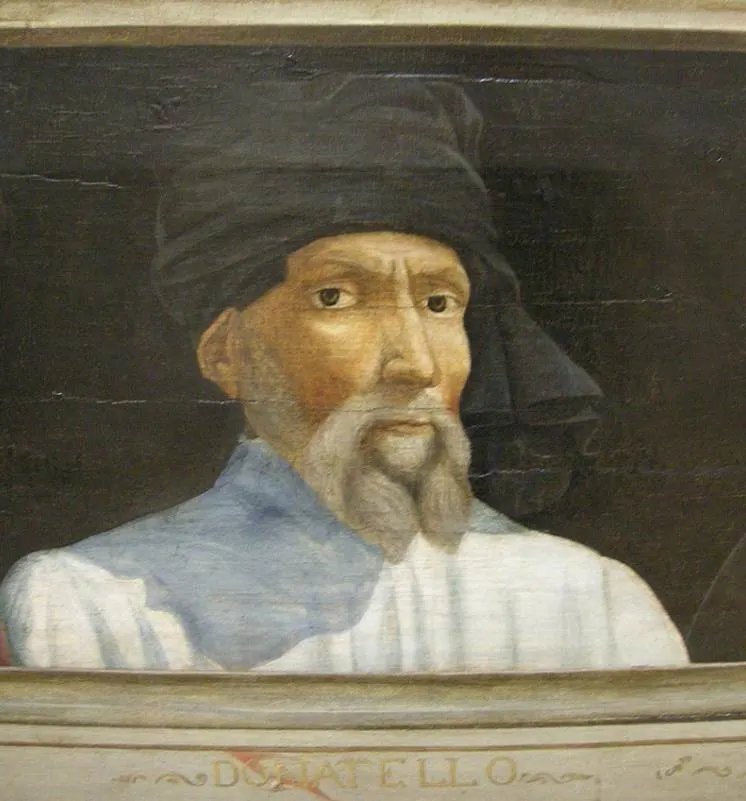
2. It depicts a rather gruesome story from the New Testament
The relief depicts a scene related to Saint John the Baptist. We can see a lavish banquet table on which Herod of Antias is having dinner.
Herod was the ruler of Galilee in the first century A.D. and he imprisoned John the Baptist after a dispute related to his second wife, Herodias.
Because of the insults John the Baptist had made, his daughter Salome had asked his head to be served on a platter.
We can see the moment that the executioner presents the severed head of John the Baptist according to the wishes of his daughter.
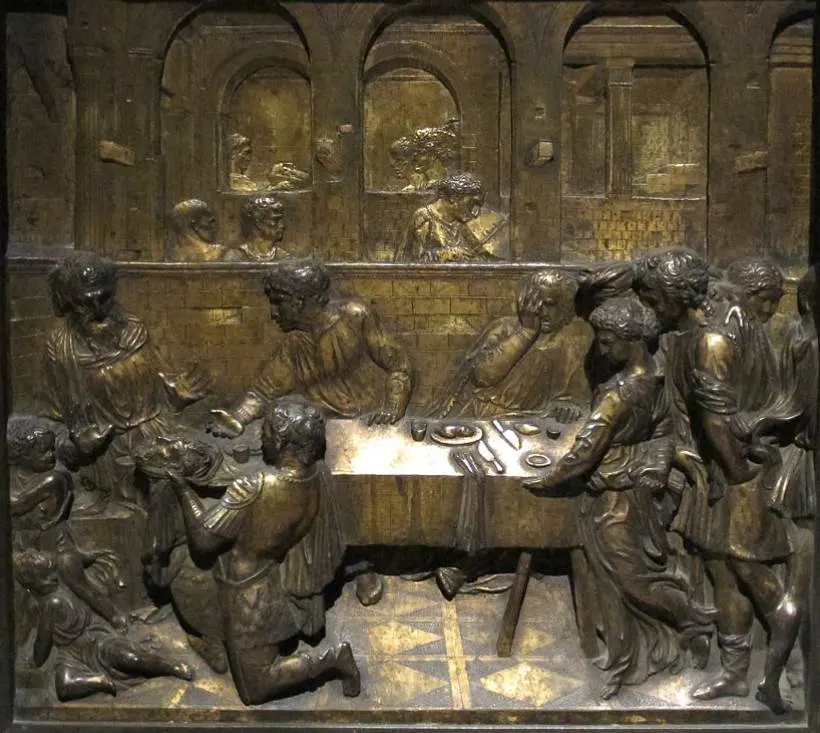
3. It’s a remarkable work in the oeuvre of the famous sculptor
Donatello had completed several monumental sculptures in his native Florence before he started working on this relief sculpture.
The seated sculpture of St John the Evangelist (1409-1411) was placed in a niche in the old façade of Florence Cathedral. The sculpture of Saint George (1415-1417) decorated a niche of the nearby Orsanmichele church.
The Feast of Herod was one of his first attempts to produce a relief sculpture and the first work of its kind that he completed in bronze.
He went on to master the technique of relief sculpture, turning it into one of his ultimate specialties.
Later on in 1435, he carved a marble relief sculpture of the same subject. This artwork that can now be admired at the Palais des Beaux-Arts in Lille, France.
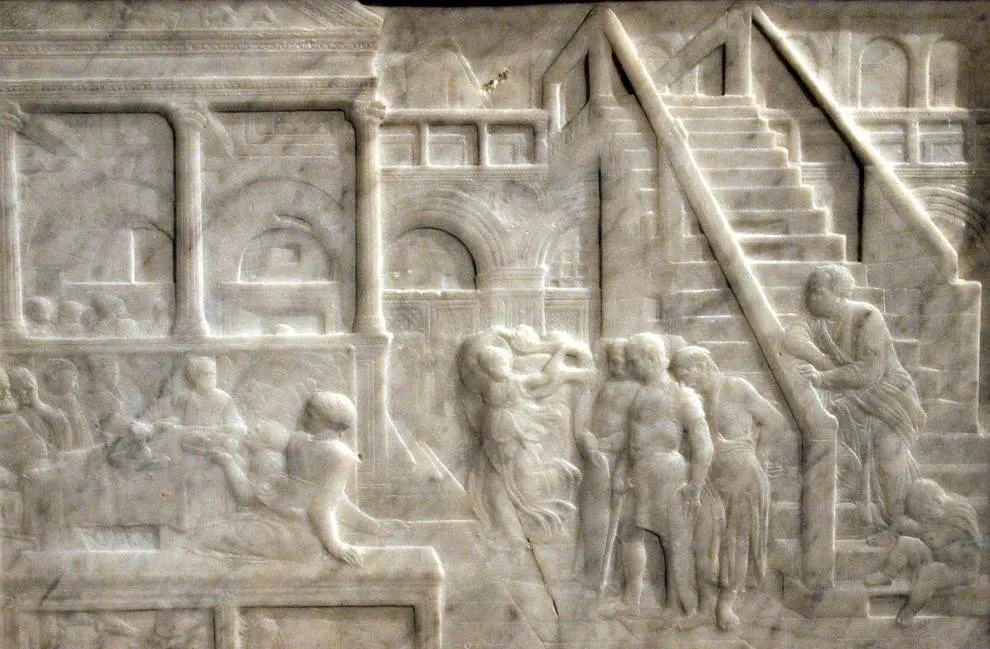
4. It wasn’t the first time that this story was depicted in sculptural reliefs
The story of the execution of Saint John the Baptist and the subsequent presentation of his head to Herod Antipas was a common subject in art history.
It was often included in cycles referring to the life of John the Baptist and has been depicted in reliefs, sculptures, and paintings.
Although it was the first bronze relief that Donatello ever produced, it wasn’t the first bronze relief that depicts this scene. It was already present in Florence nearly a century before he started working on it.
The South Doors of the Florence Baptistery were completed between 1330 and 1336 and feature a scene of Salome dancing, the beheading of Saint John, and the presentation of his head to Herod.
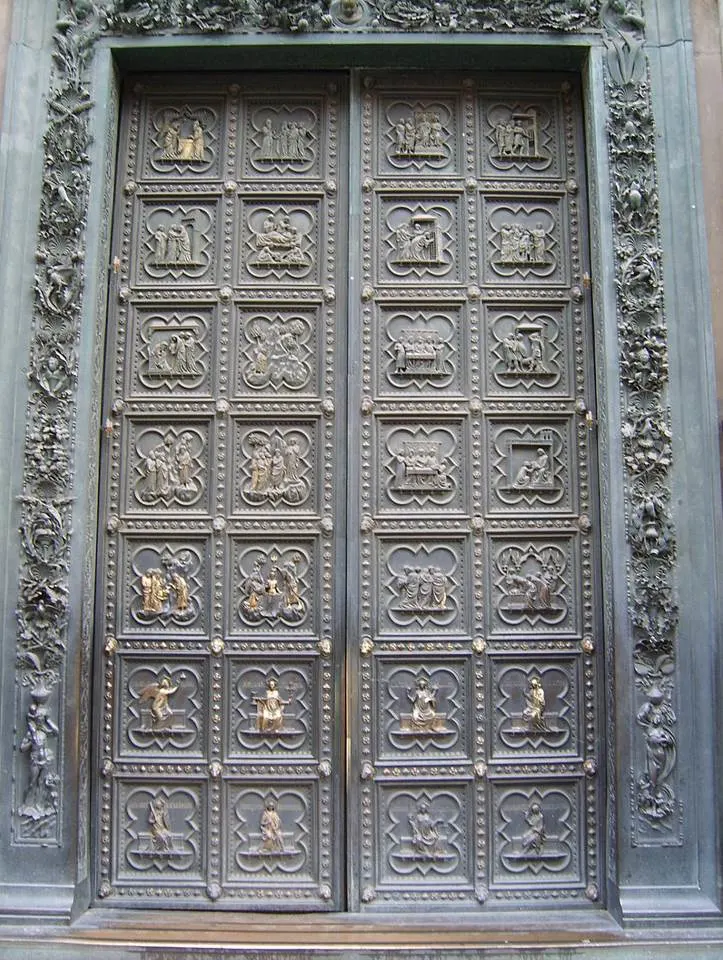
5. Donatello learned a lot from the theories of his friend Brunelleschi
Filippo Brunelleschi started his career as a sculptor but is mainly known for his works on various buildings as an architect. His ultimate masterpiece is the dome of Florence Cathedral.
He was also an inventor and managed to create a completely new way of integrating linear perspective into art. Donatello was one of the first sculptors who integrated these theories into his works.
In the Feast of Herod, we can spot the diagonal lines that move towards a central vanishing point, a method to create the illusion of space into a flat surface.
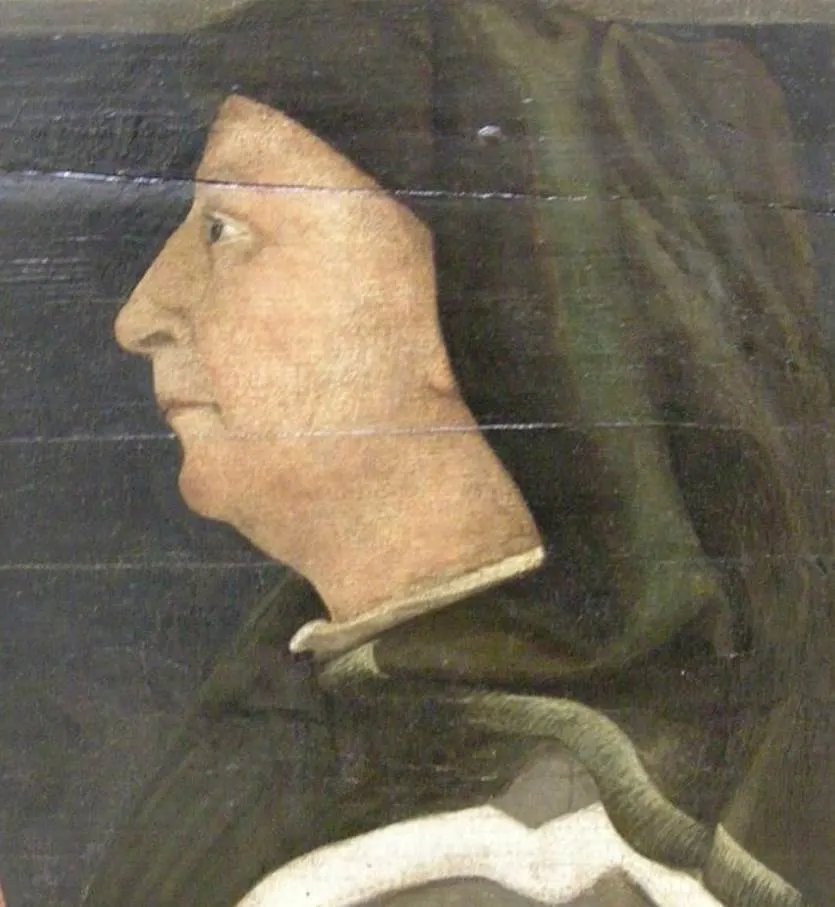
6. The artist mastered a special technique to produce engaging reliefs
Brunelleschi’s linear perspective wasn’t the only technique that Donatello integrated into his reliefs to enhance the sense of depth.
He’s credited with developing a technique that revolved around using both high and low reliefs. The high reliefs are more accentuated and appear closer while the low reliefs appear further away.
Because of this, he managed to integrate multiple scenes into a single relief as opposed to several separate scenes such as those found on the South Doors of the Florence Baptistery.
This technique is referred to as “Rilievo Schiacciato” or “Shallow Relief” and The Feast of Herod was the first bronze artwork that incorporated it.
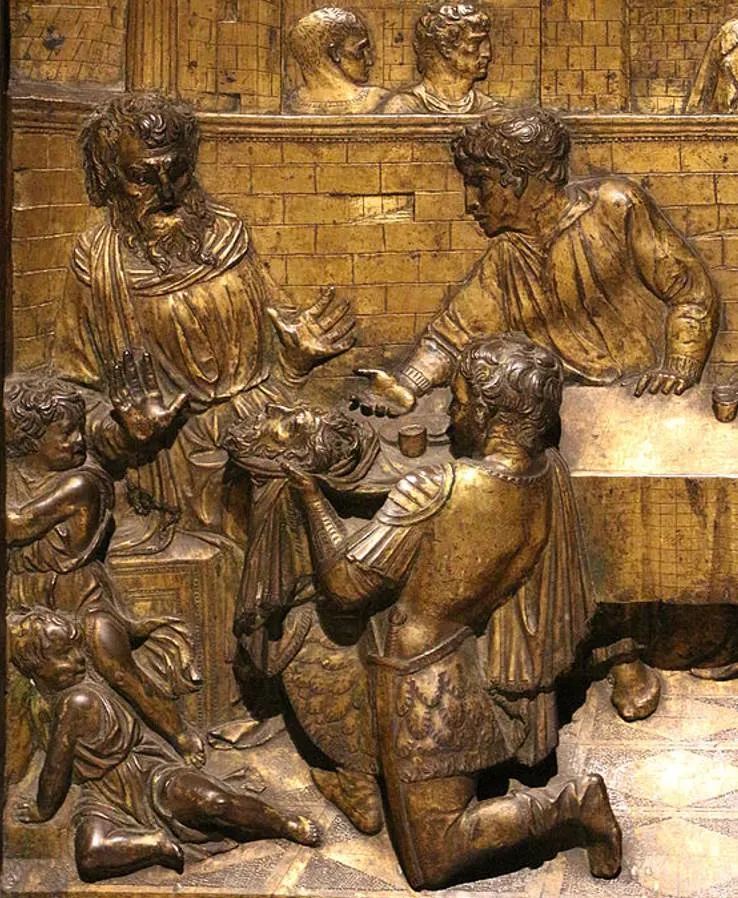
7. How big is The Feast of Herod by Donatello?
The Feast of Herod by Donatello is one of the 6 bronze panels that decorate a baptismal font, a feature inside a church that was used to perform Baptism.
Yes, that’s the reason why scenes from the life of John the Baptist appear on baptismal fonts and elements of Bapsiteries all around the world.
It’s a relatively small work of art that has dimensions of 60 x 60 centimeters (23.62 x 23.62 inches).
8. Where is the bronze relief sculpture located today?
The work was commissioned by the managers of Siena Cathedral. It was ordered to decorate the newly installed baptismal font at the Siena Baptistery of San Giovanni.
This building was constructed between 1316 and 1325 and the new addition was completed between 1417 and 1431. Donatello also sculpted the statues of Faith and Hope that decorate the baptismal font.
Today, you can still admire it at the end of the choir of the fabulous Cathedral in Siena.
